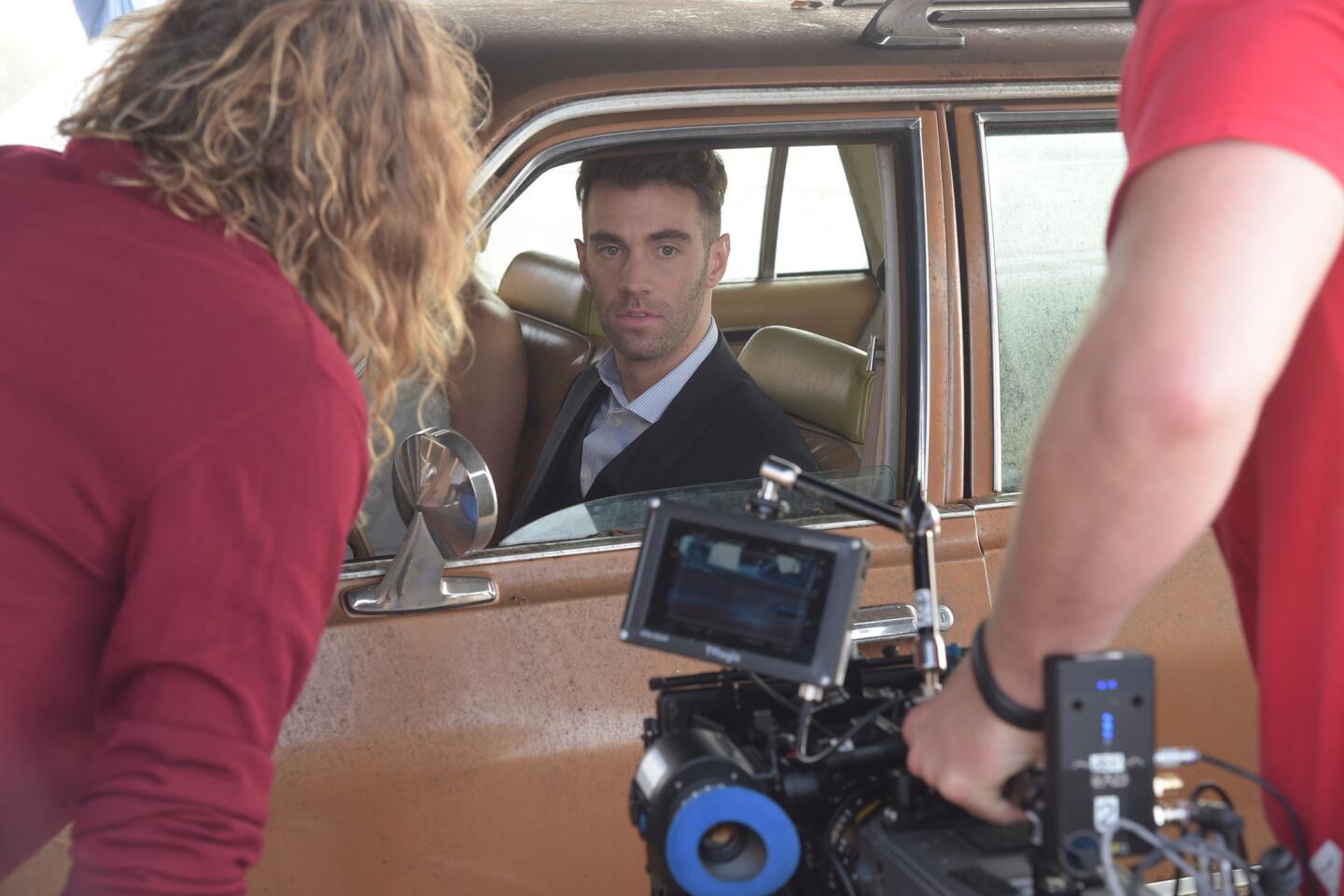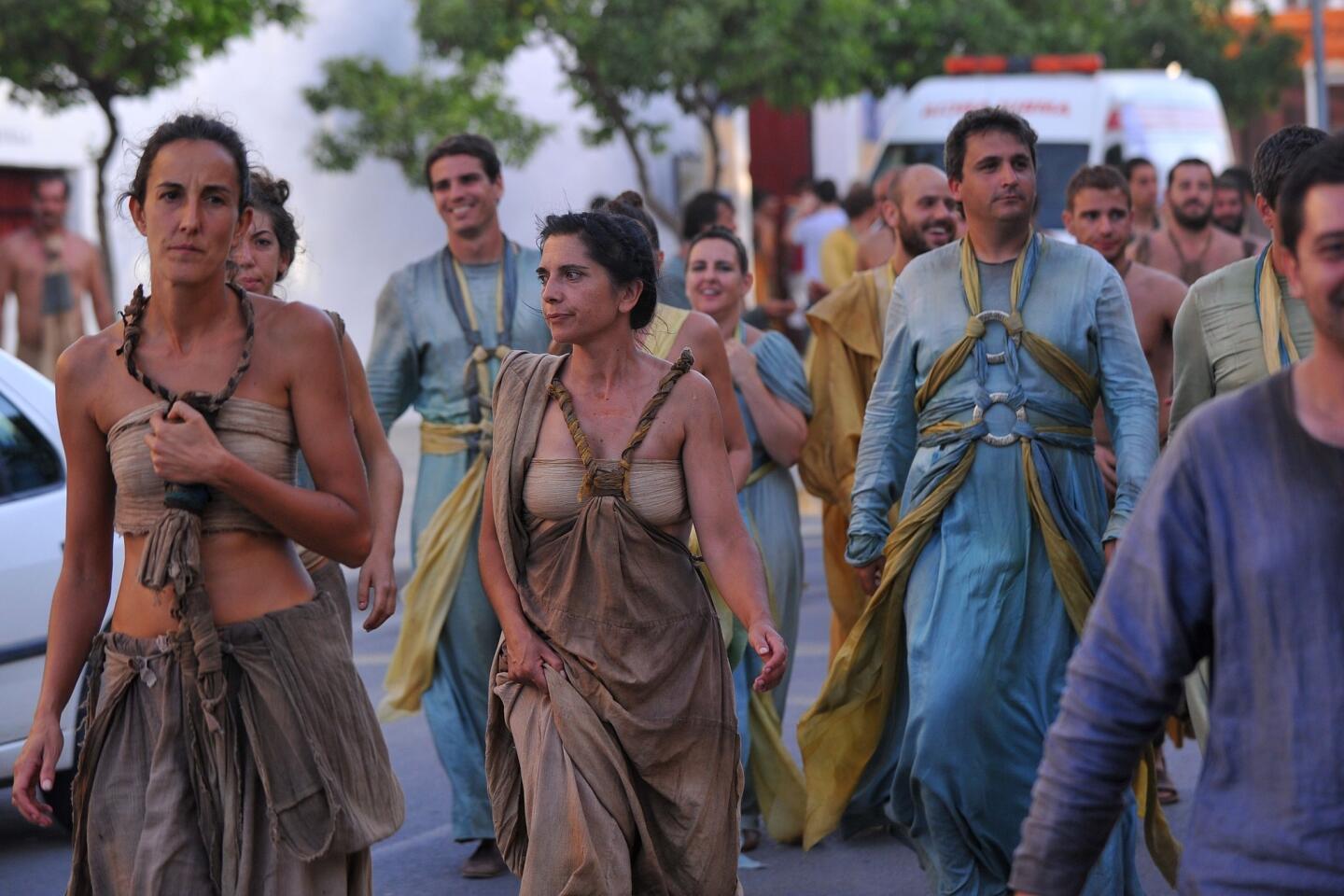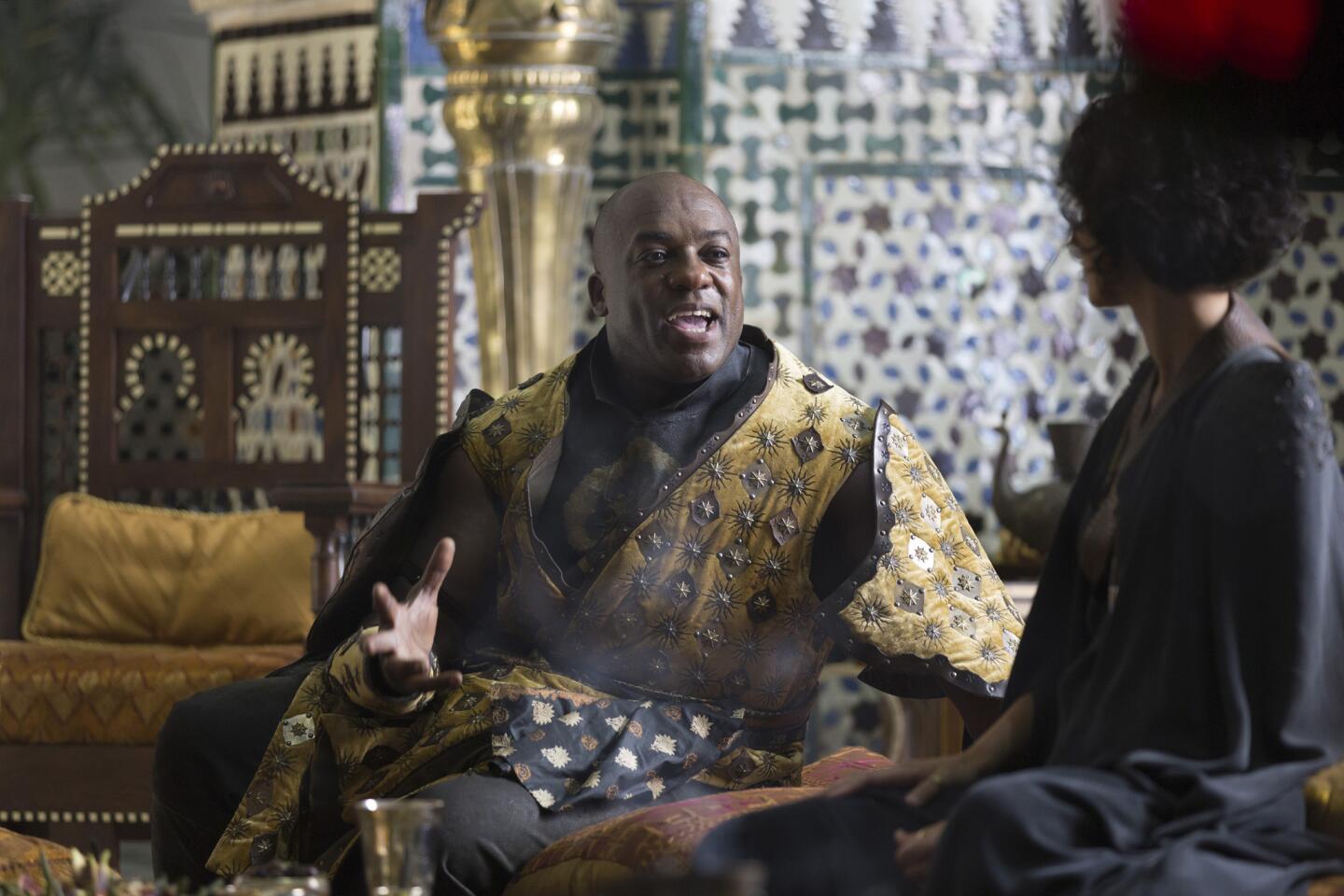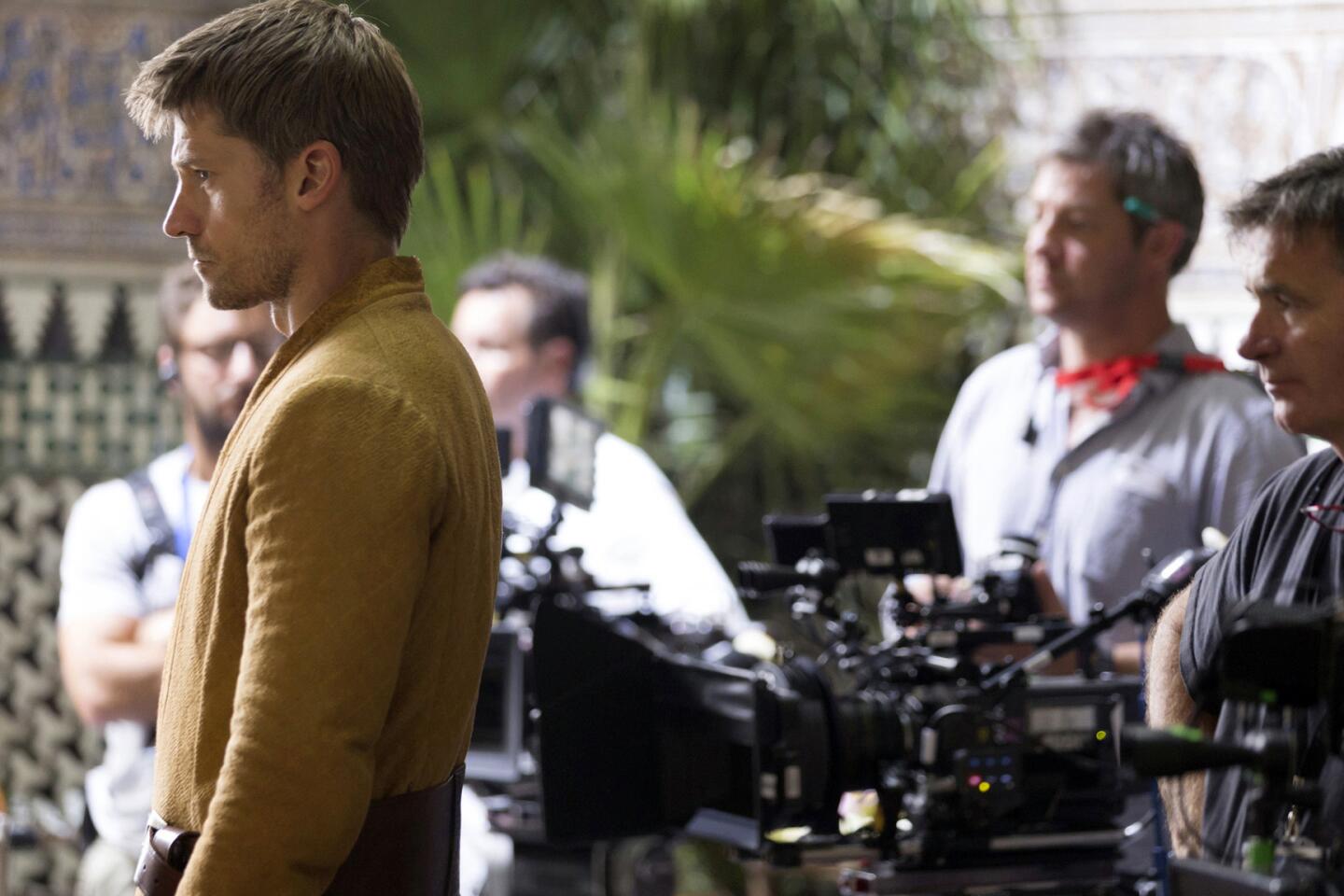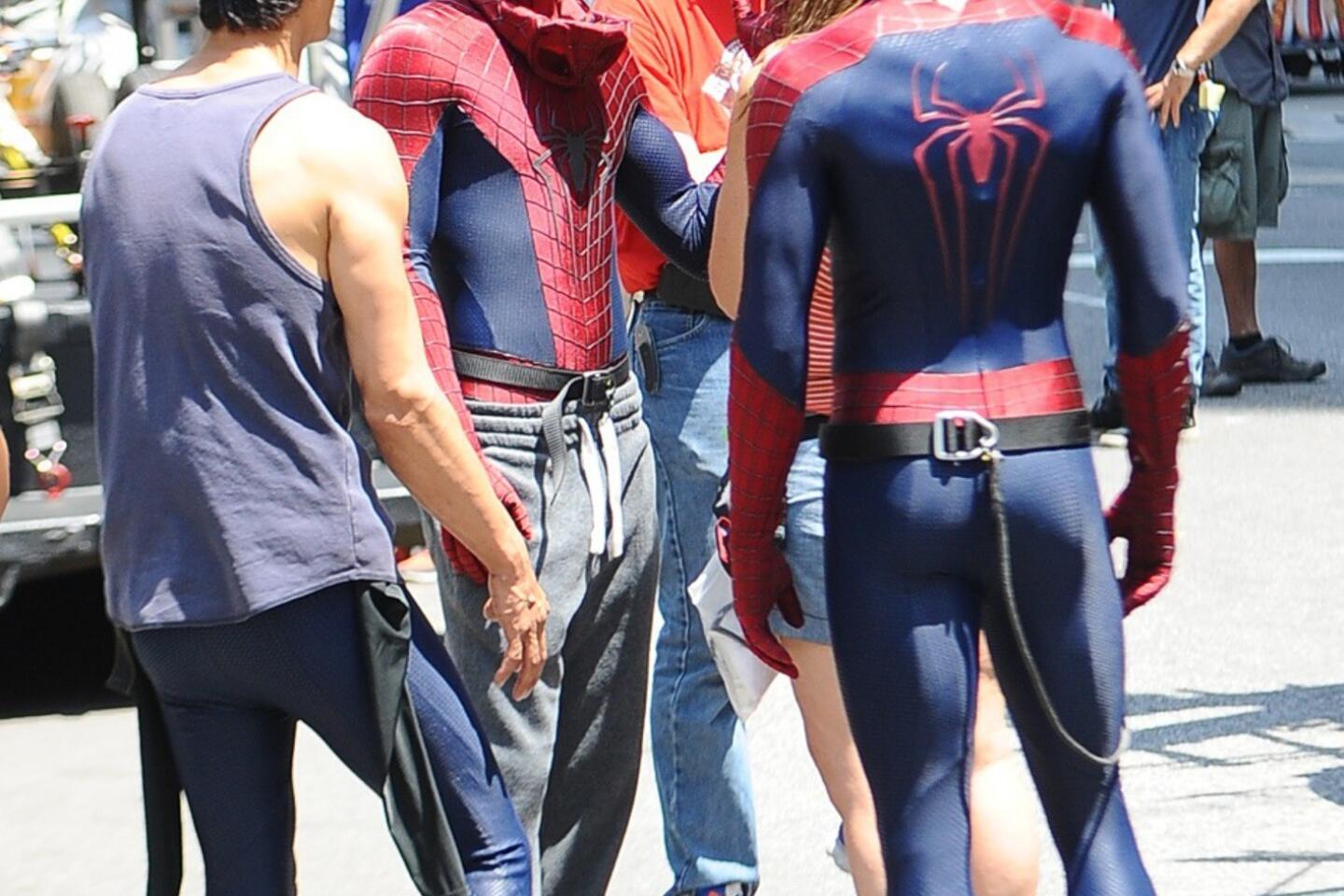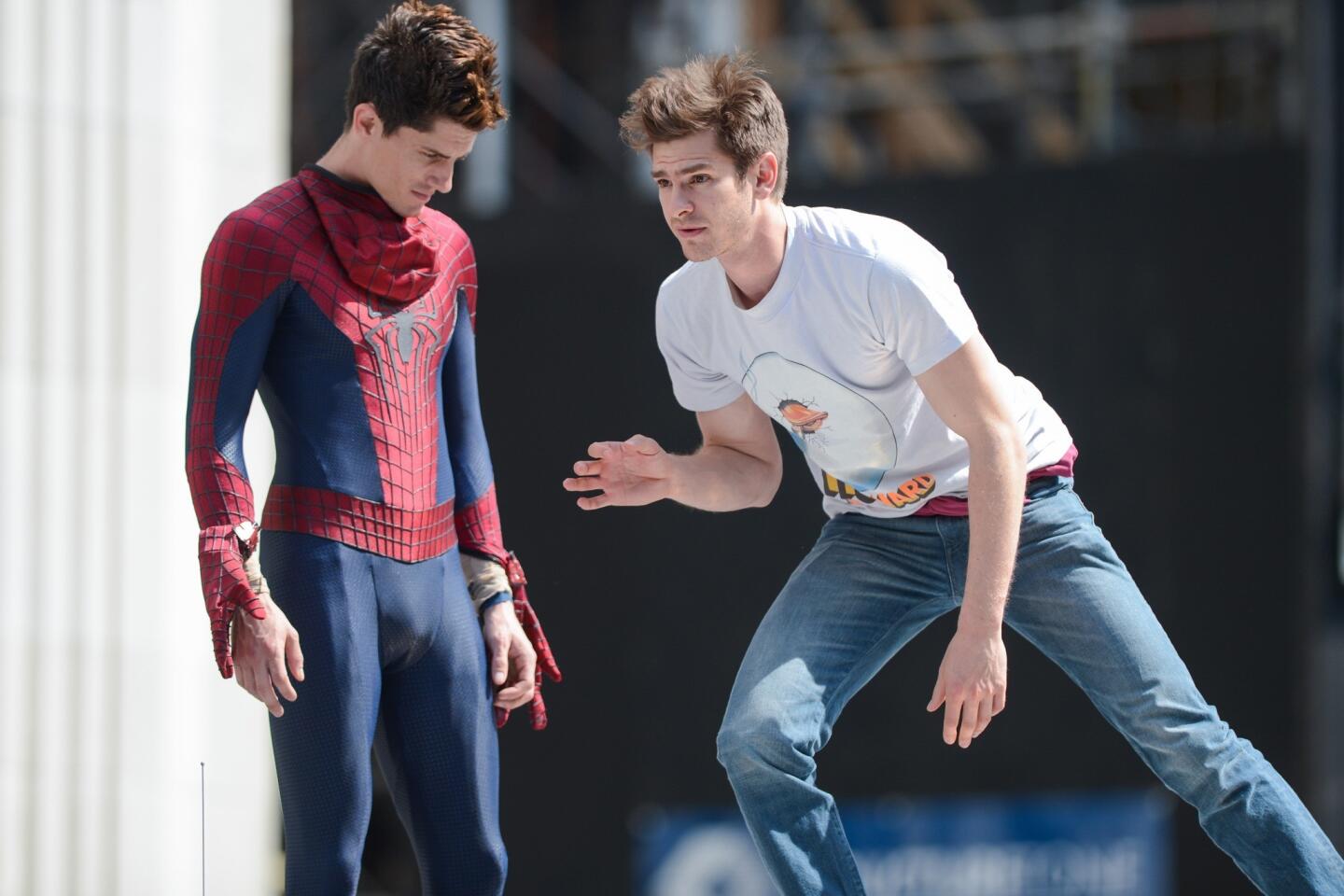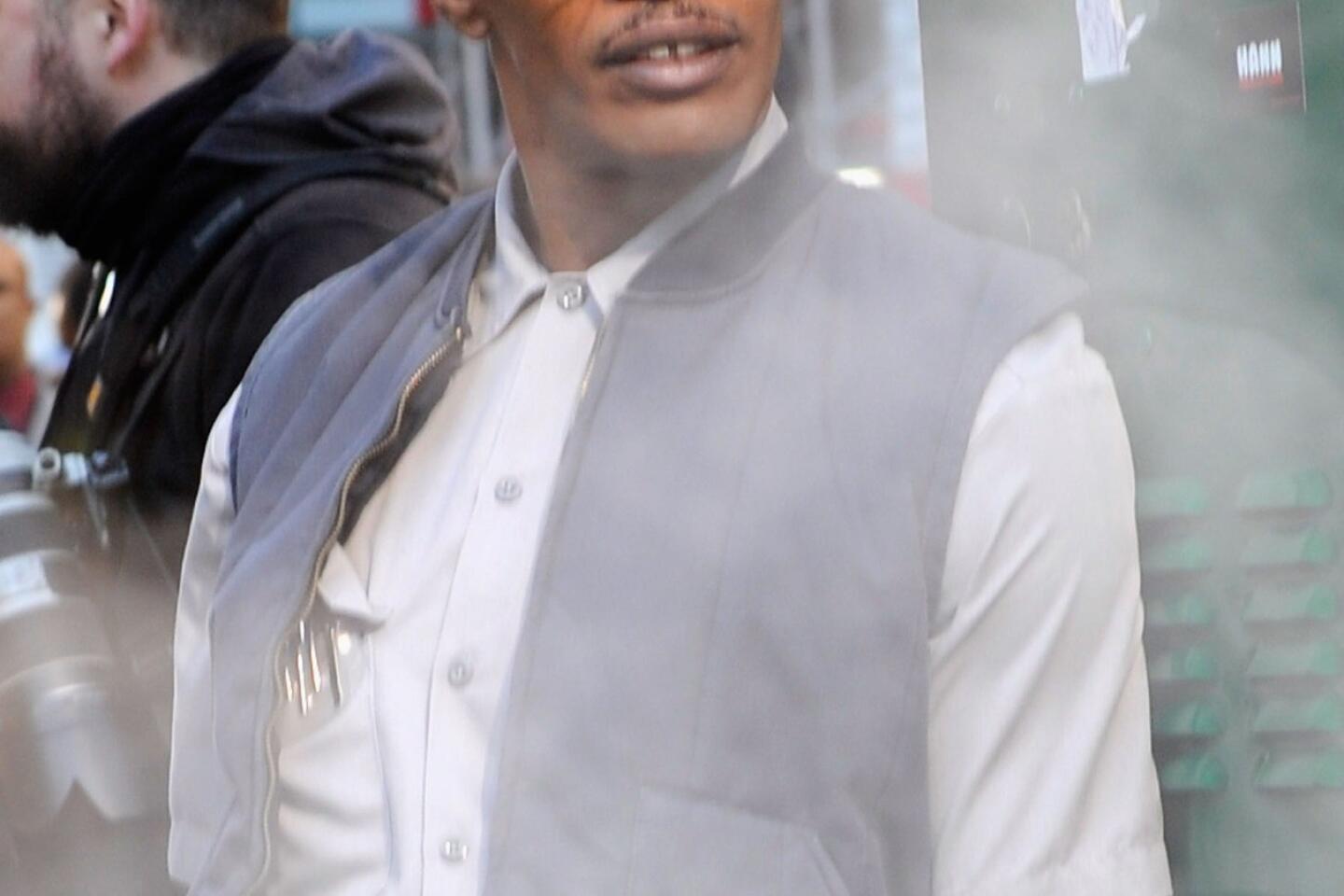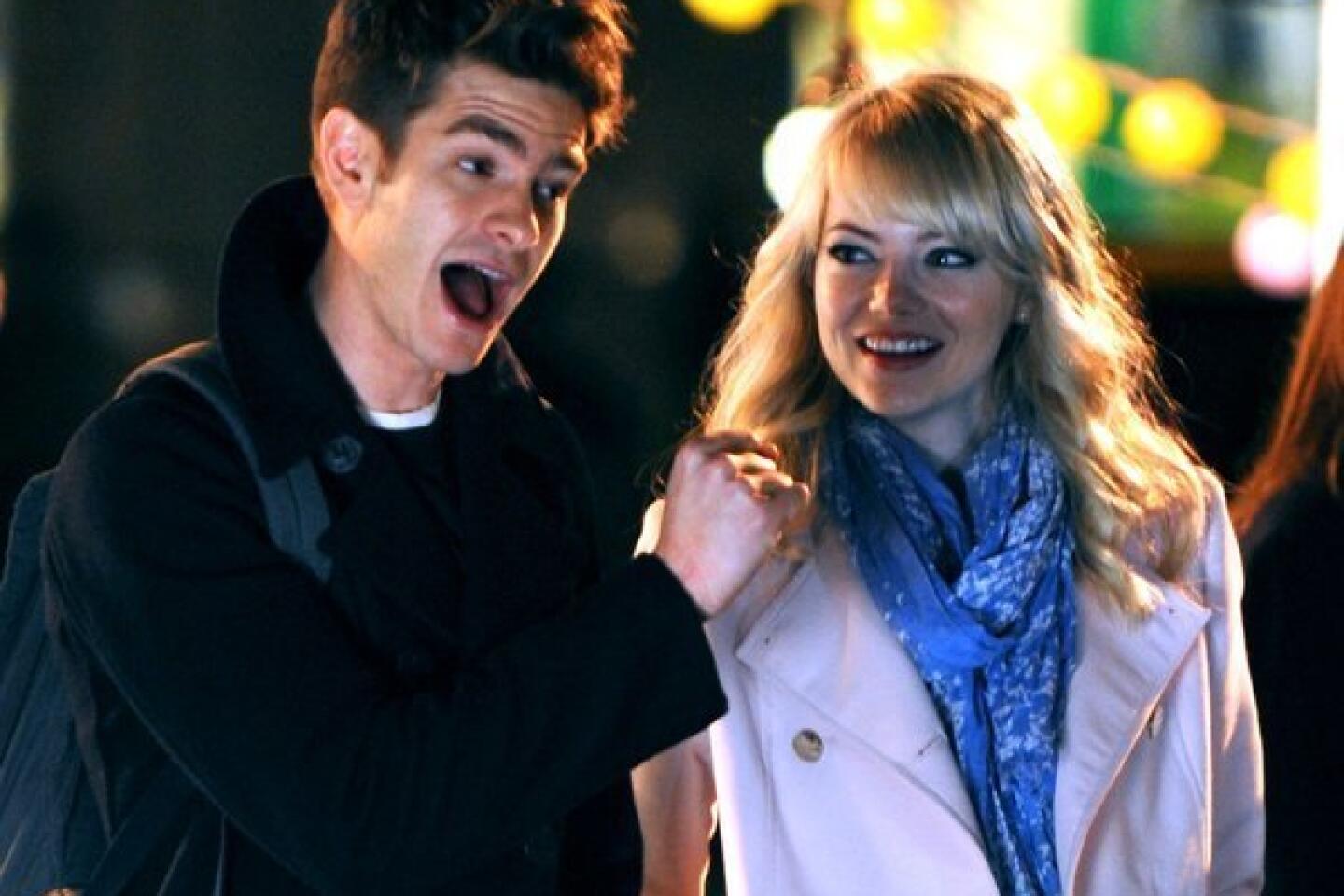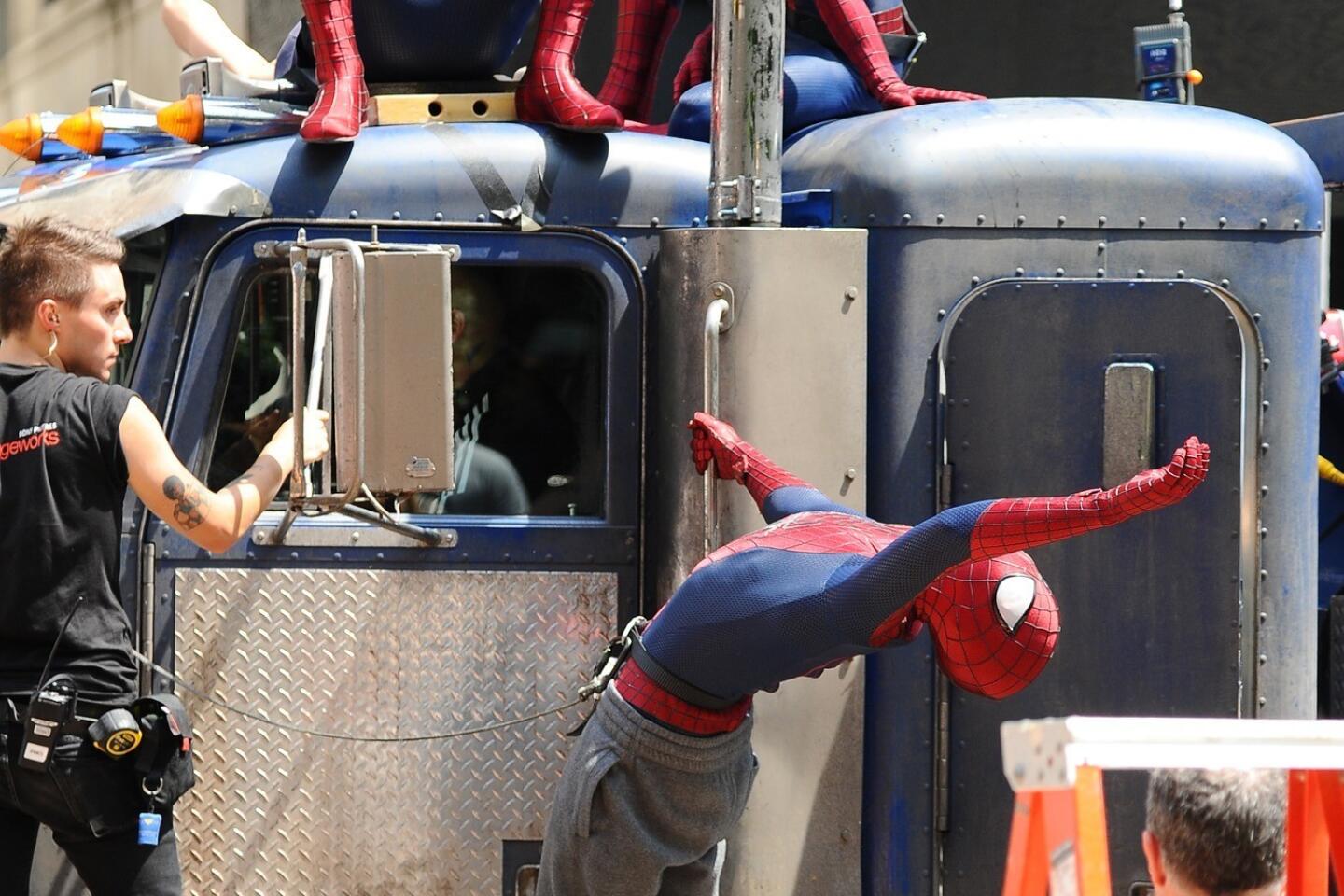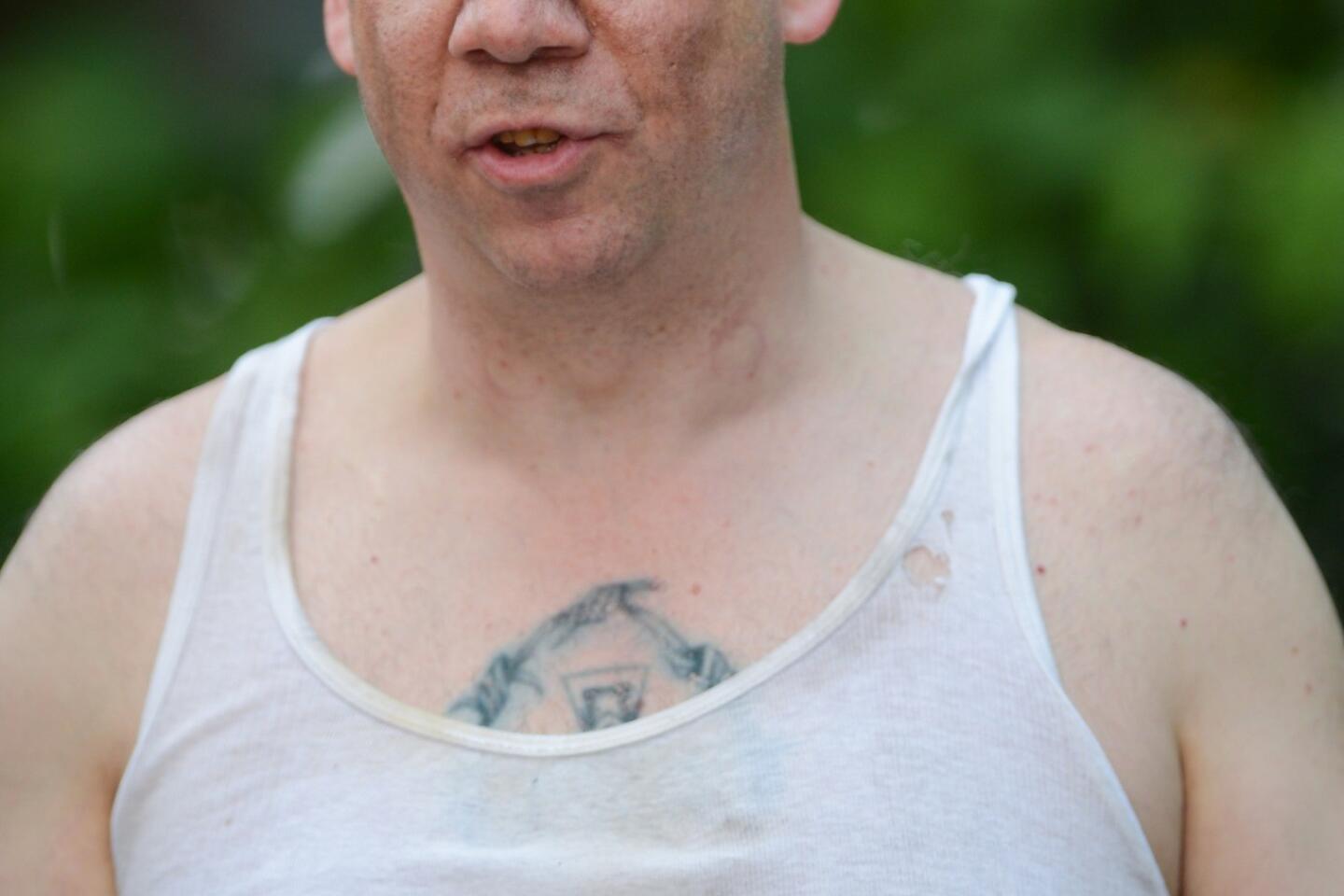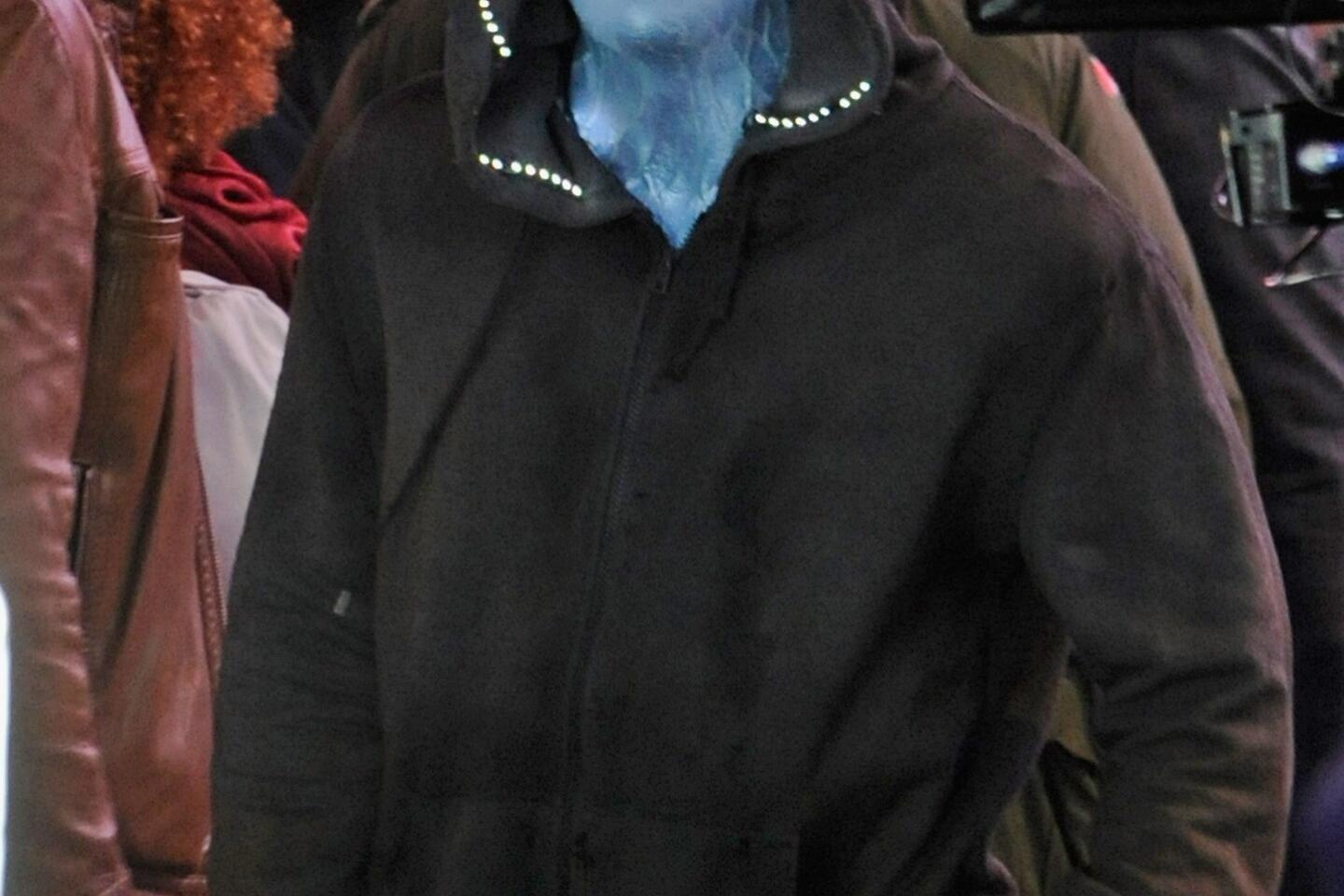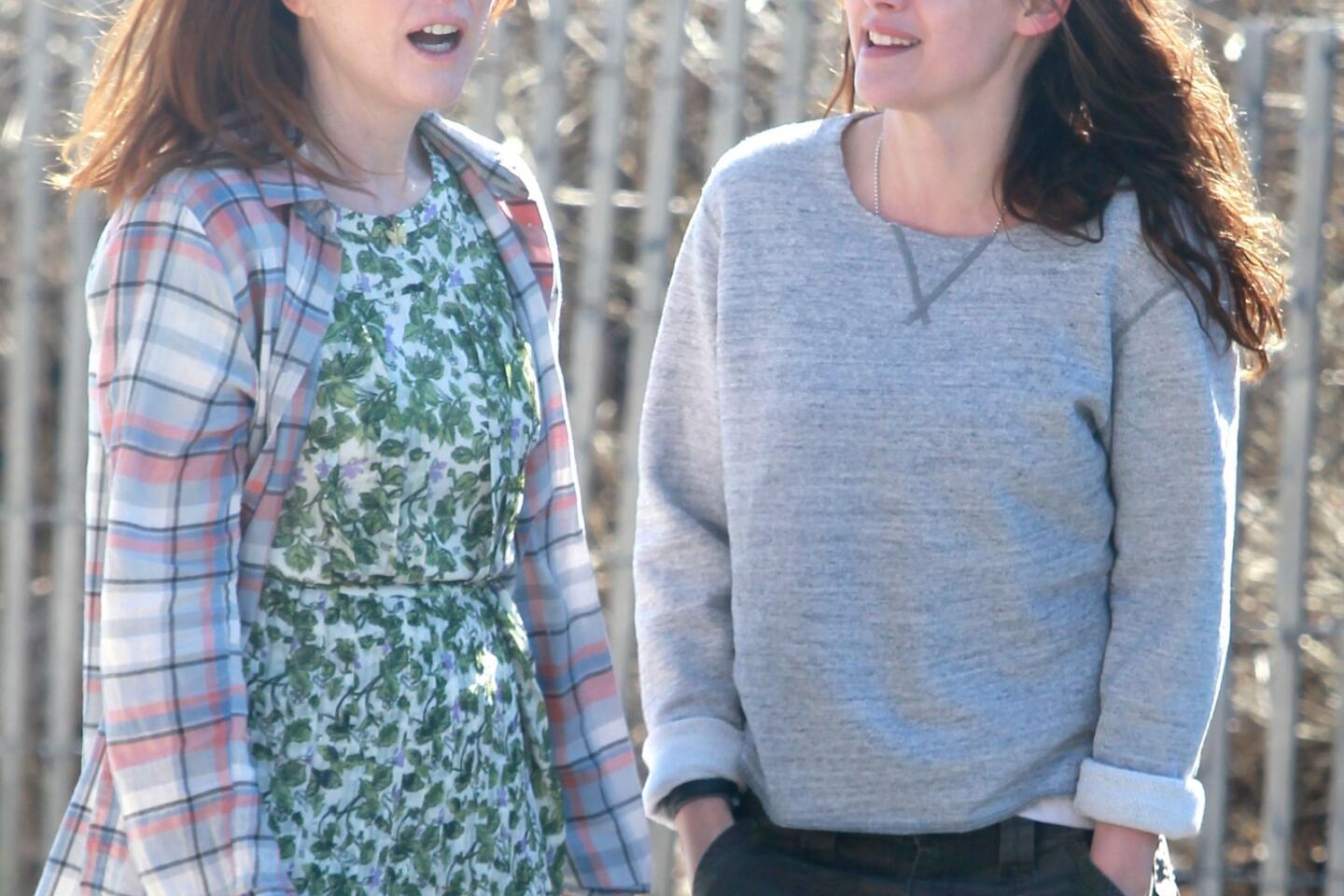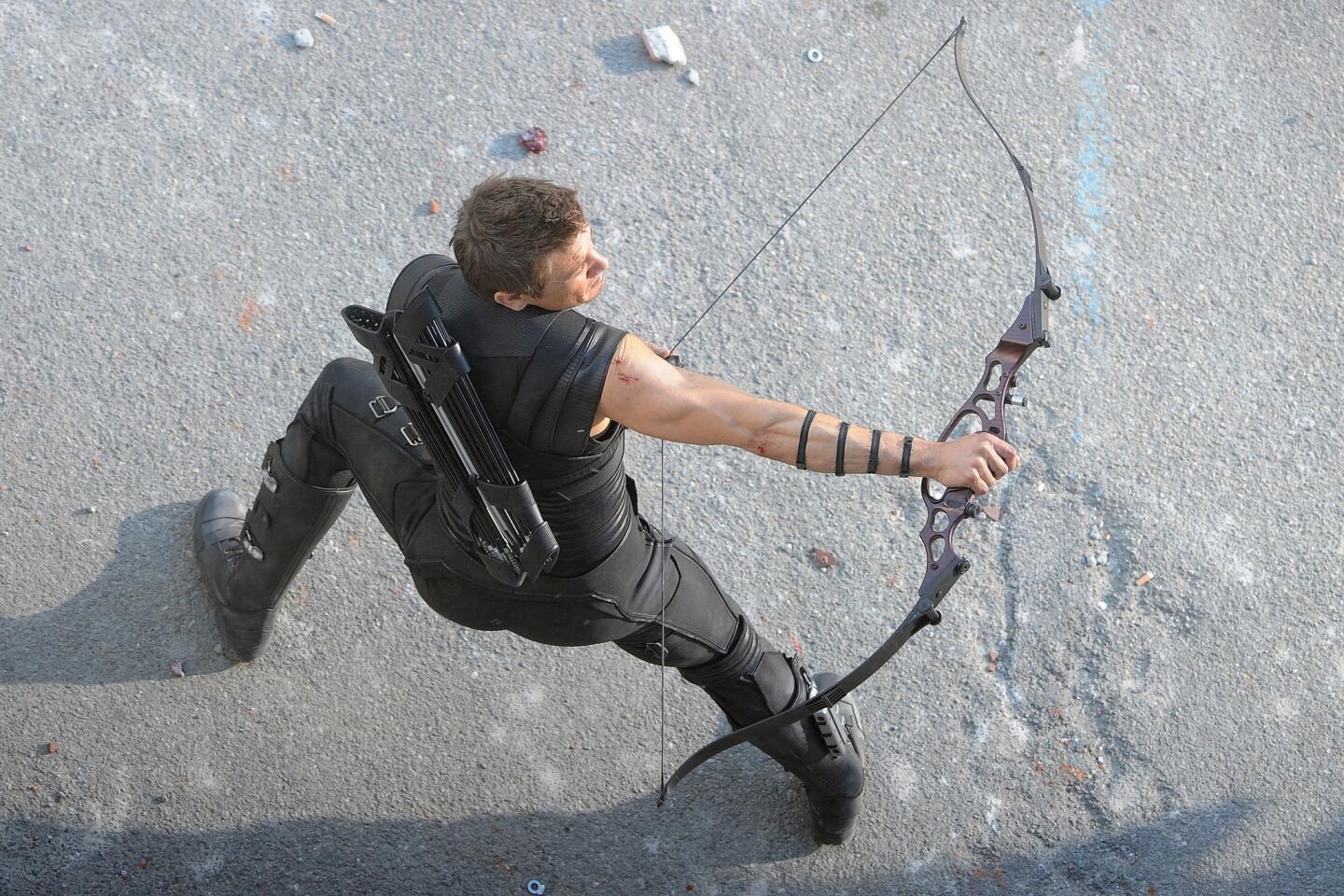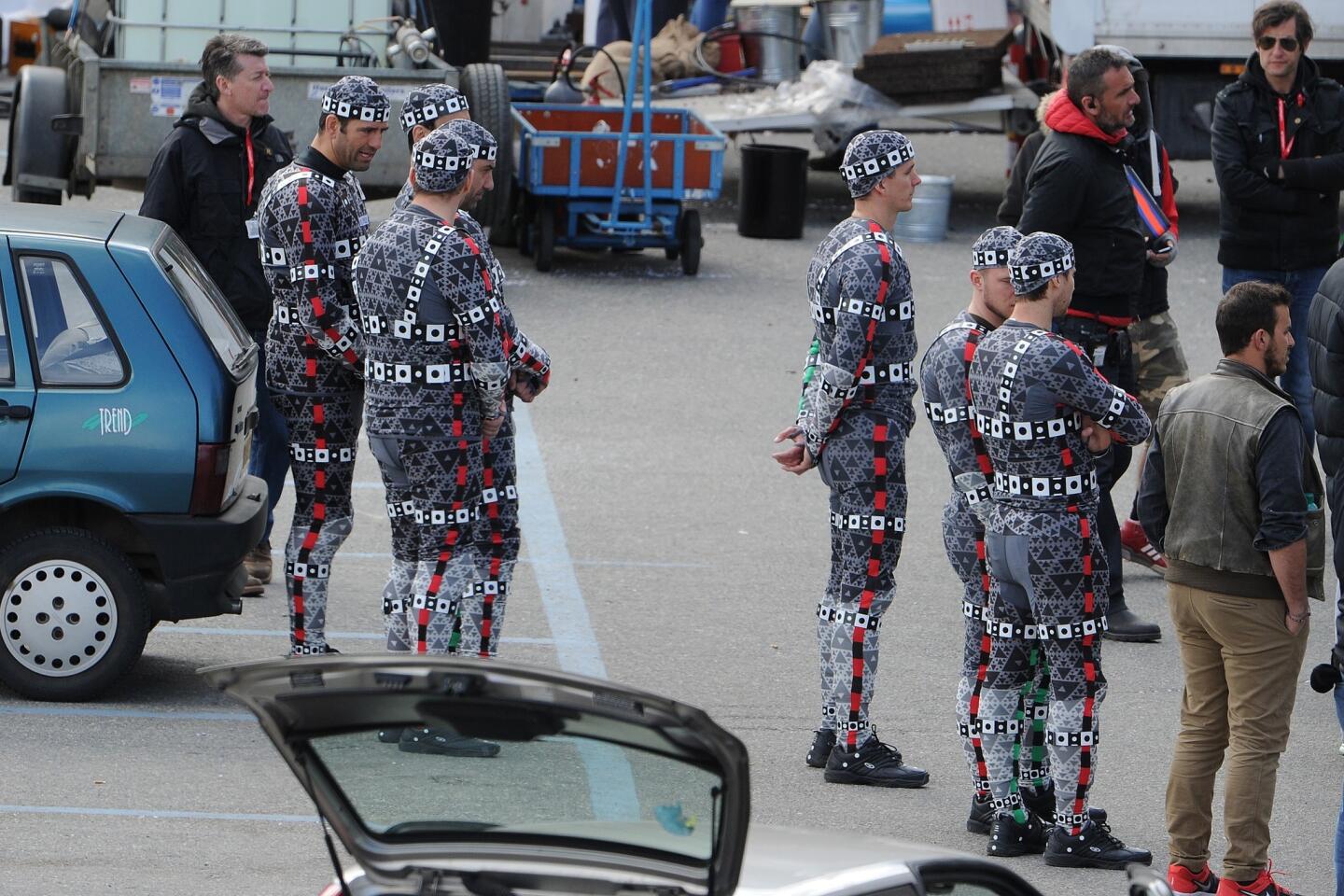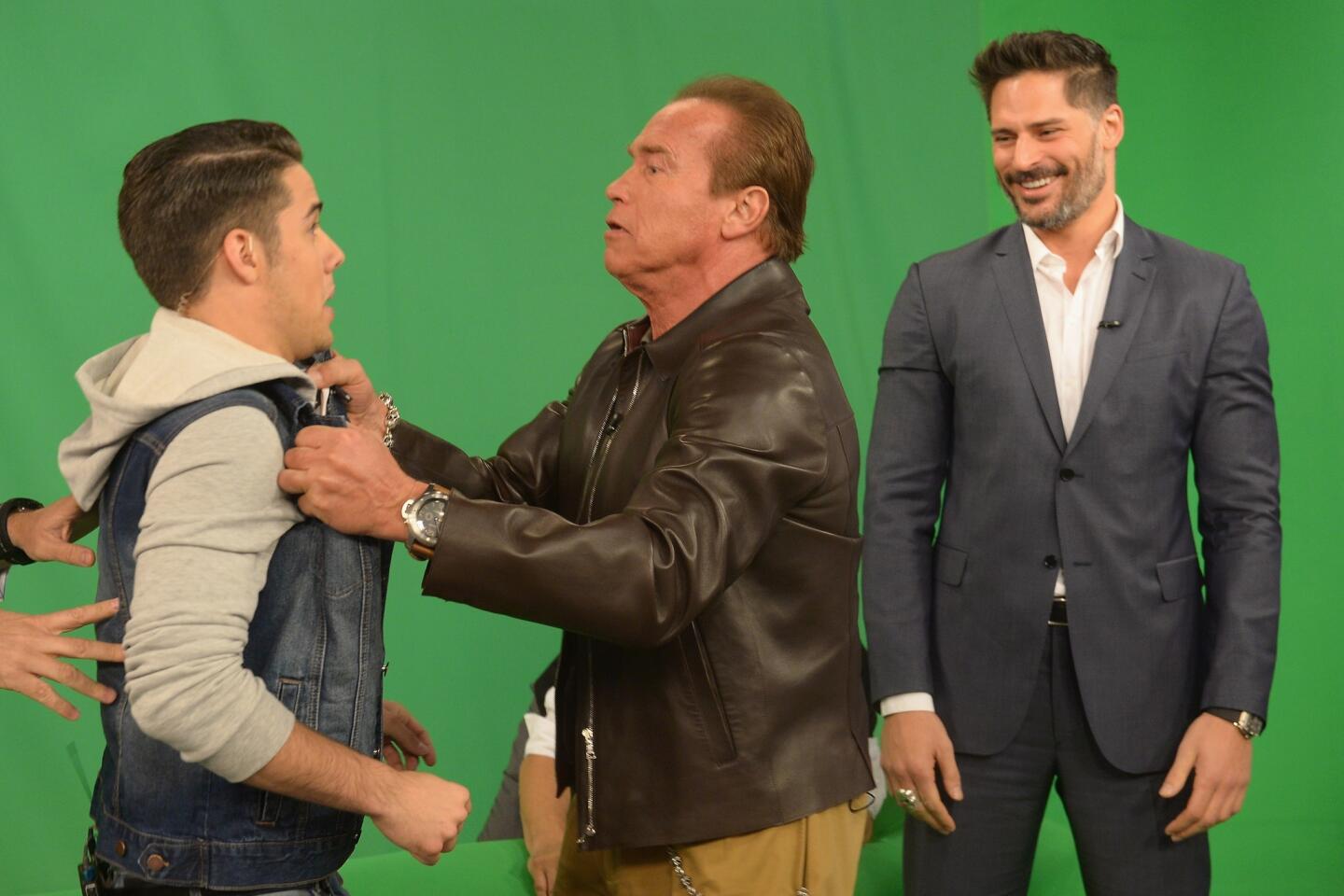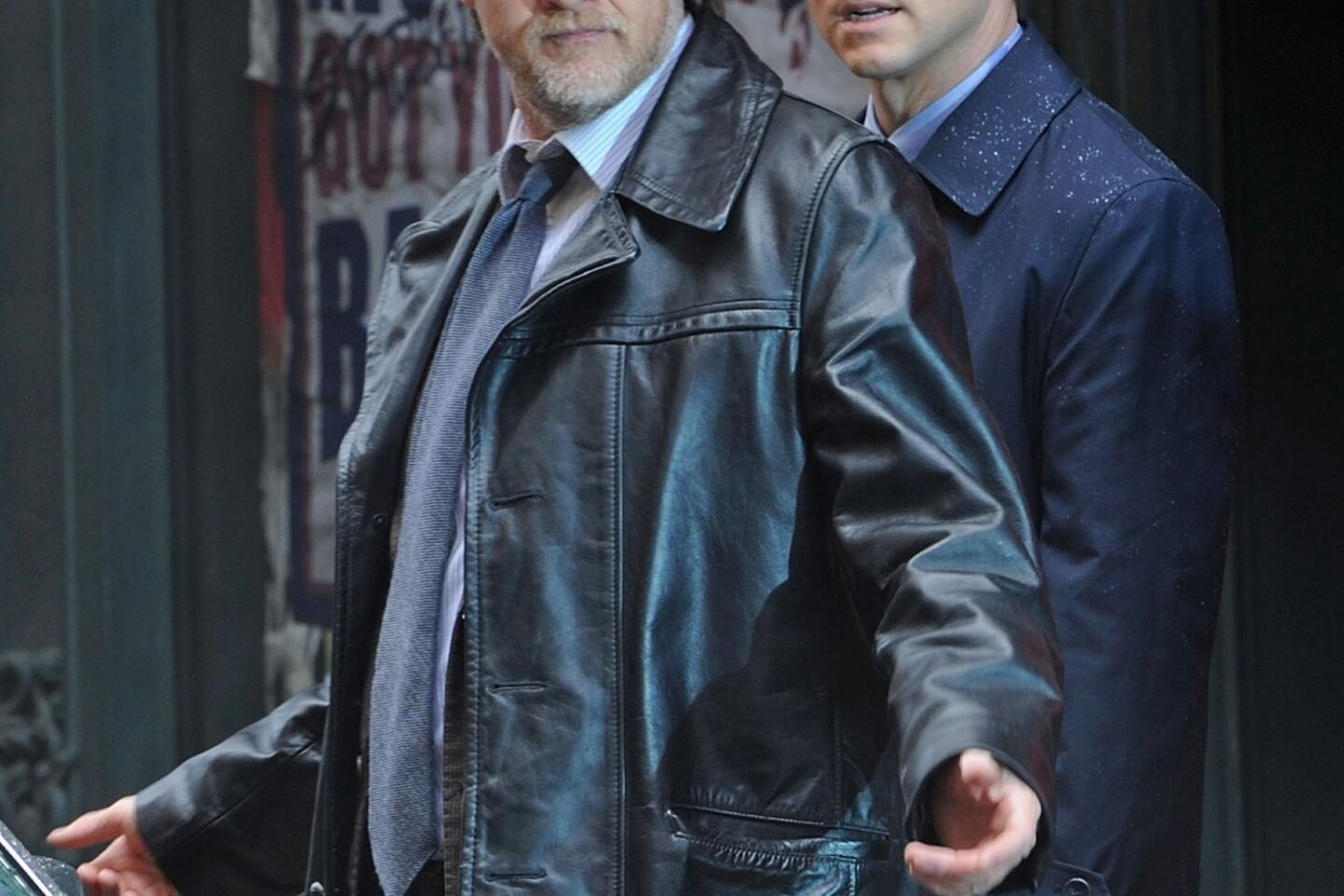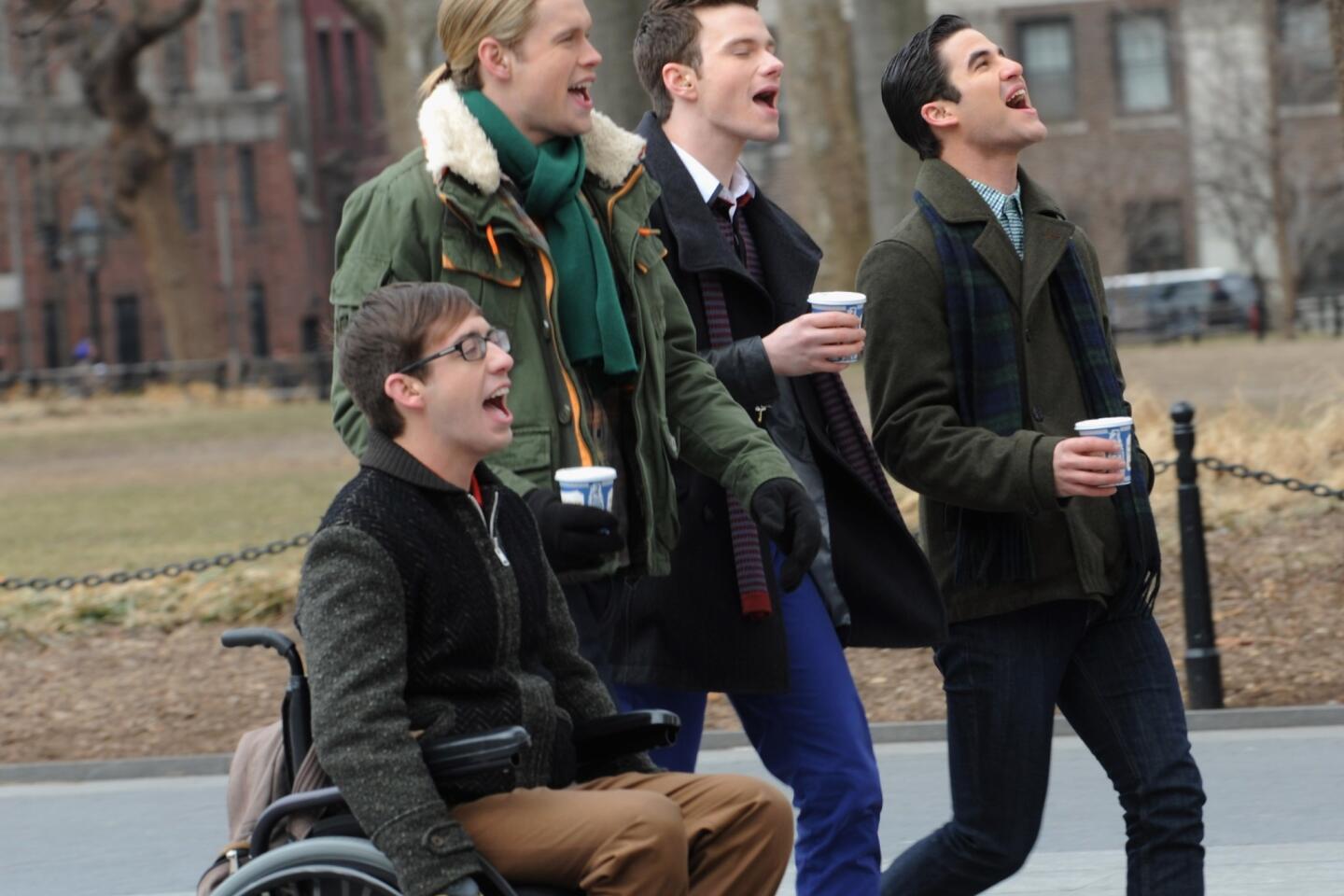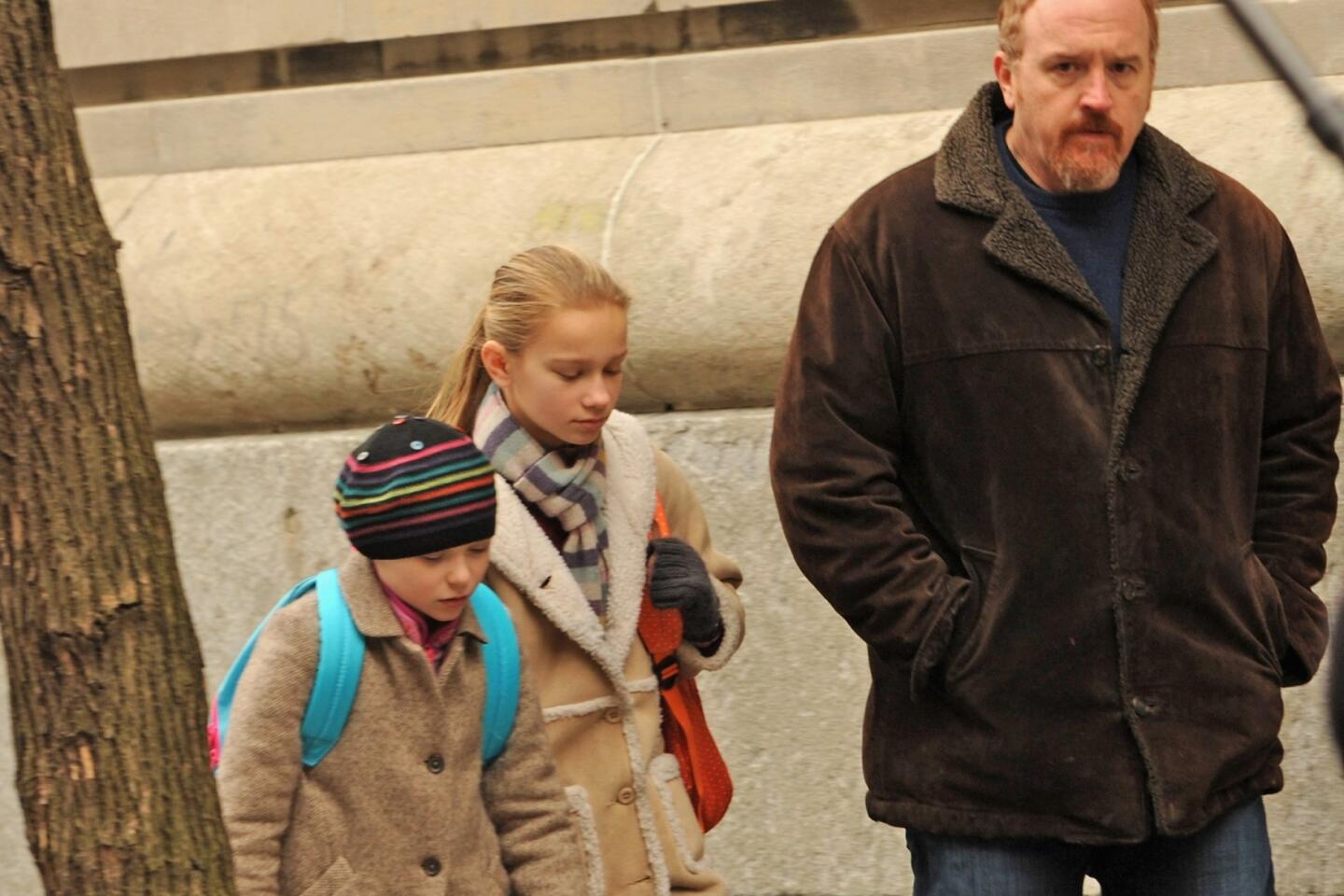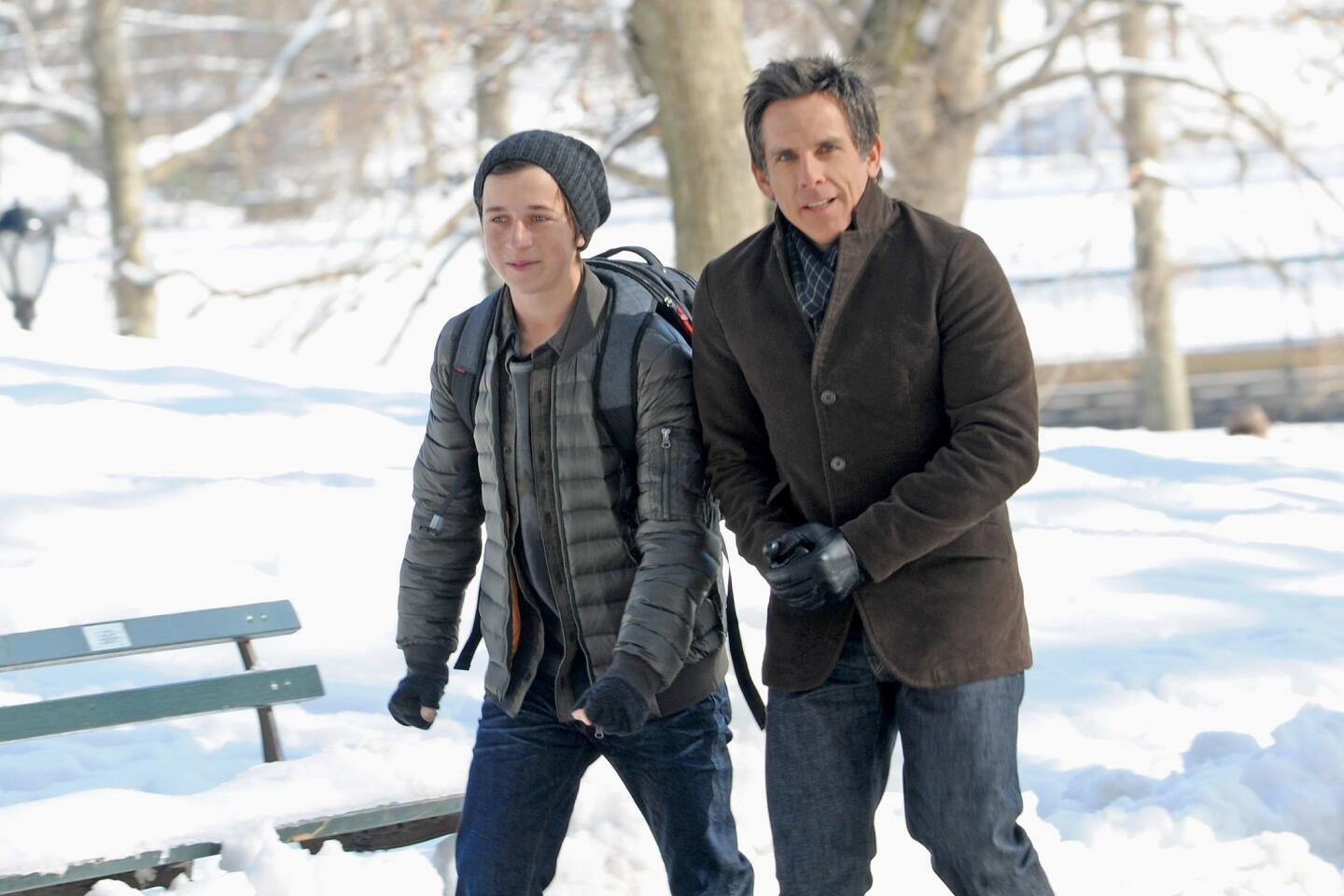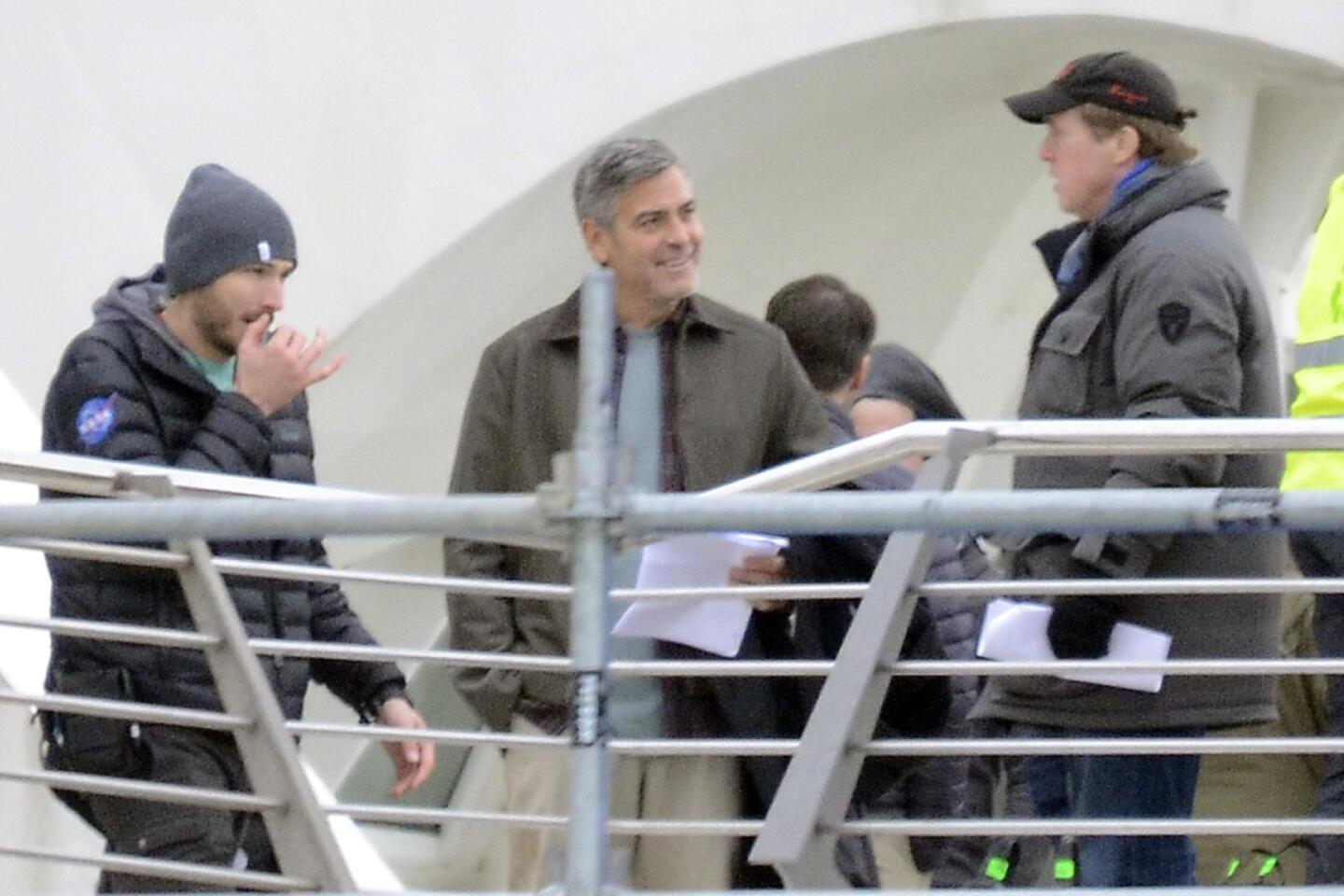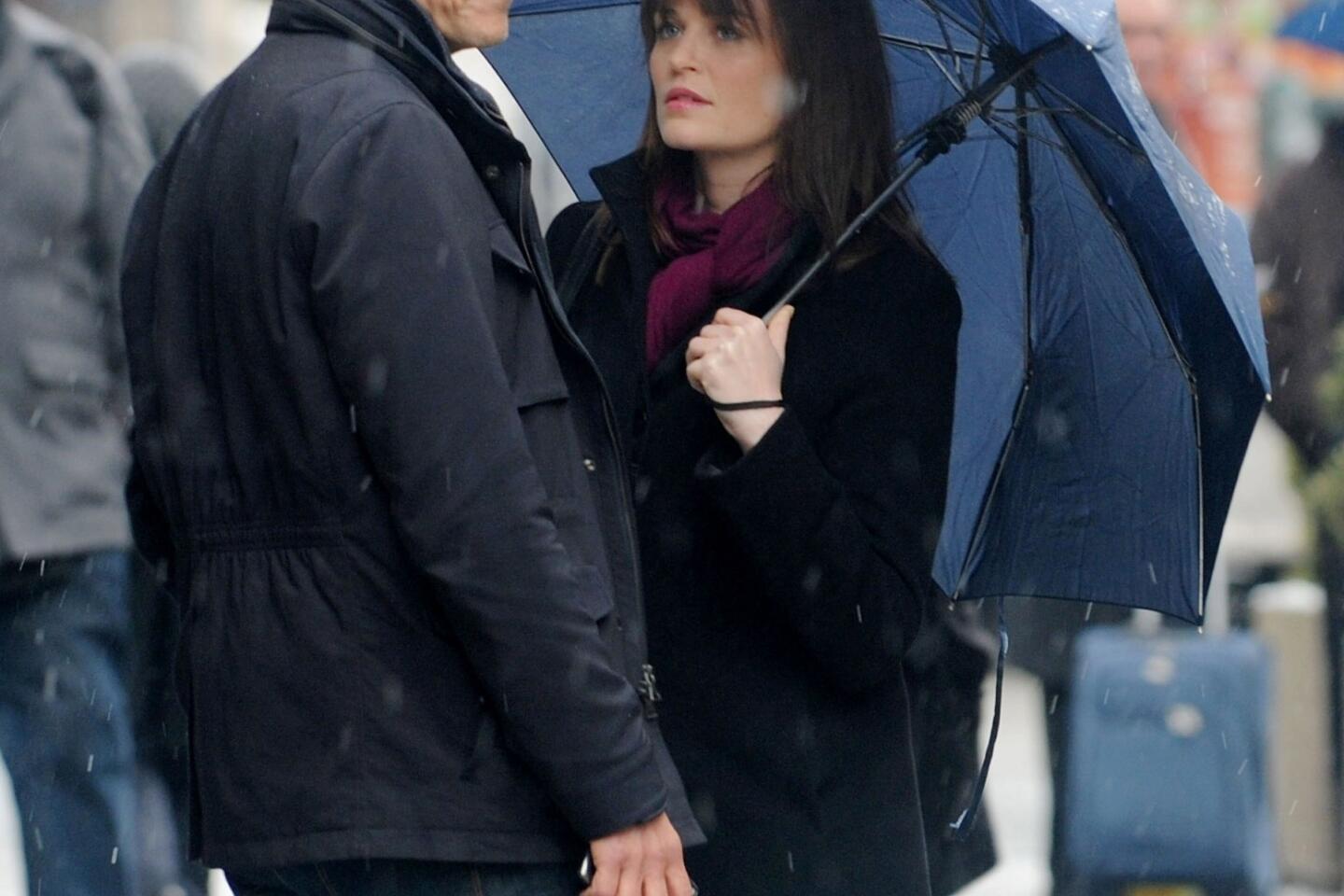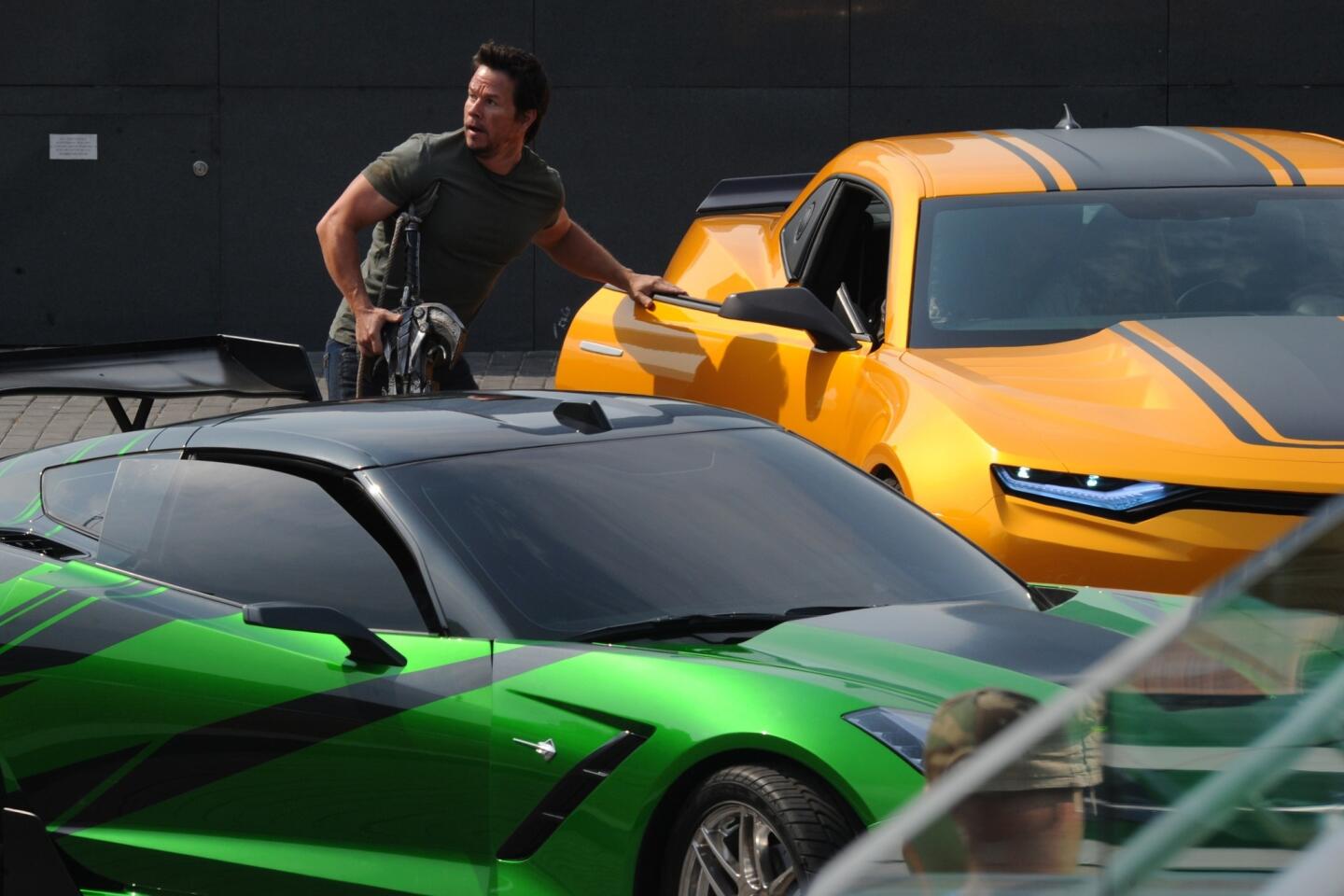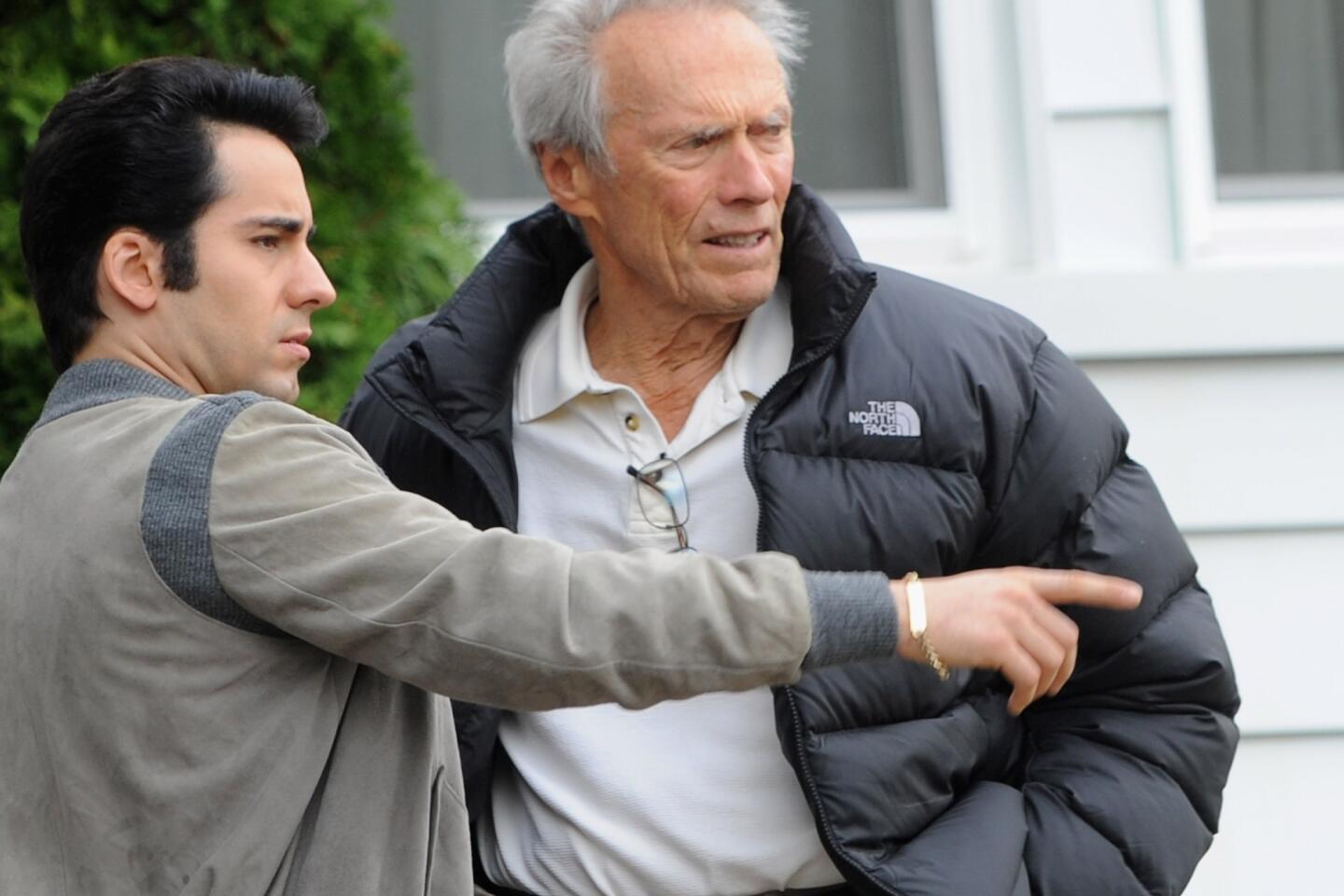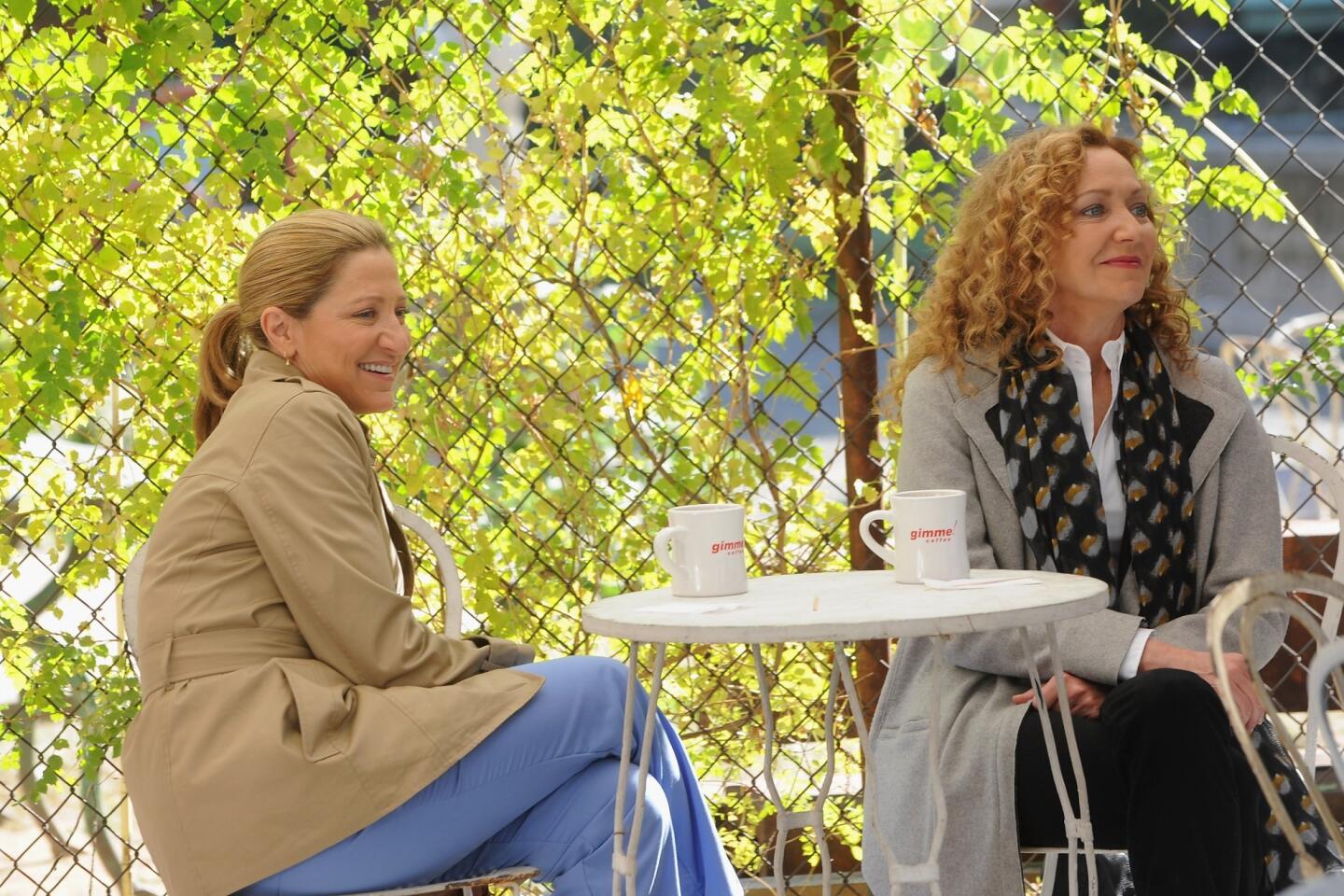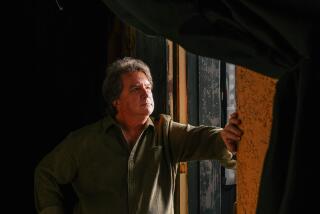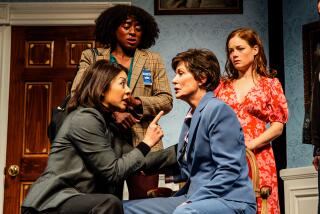‘Our Nixon’ filmmaker shows the 37th president as ‘just a person’
Audiotape of a casual phone conversation in the new documentary “Our Nixon” reveals a startling fact about President Nixon and his staff: that they were unfamiliar with the most popular television program in America at the time, “All in the Family.”
In the call, White House chief of staff H.R. Haldeman seemed to think the influential sitcom was a panel show, and Nixon thought it was a movie that villainized a “square hard hat” (Archie Bunker).
Forty-one years after the Watergate scandal first broke, the seemingly prosaic detail about the Nixon White House’s lack of pop culture awareness provides the kind of context that often gets lost when the first draft of history is written.
GRAPHIC: From Toronto to the Oscars
“Our Nixon,” which draws on nearly 4,000 hours of audio from the Oval Office taping system, 500 reels of Super 8 footage shot by Nixon’s staff and other archival sources, seeks to fill in the textured background.
The movie, which opens in L.A. Friday and has been shown on CNN, contains extraordinary moments from the administration, such as the thrill of watching the moon landing and traveling to China for the first time, and the more everyday events that make up a presidency, like the monotony of endless hand-shaking at airports, the anxiety of reading media coverage of the White House and the head-scratching over “All in the Family.”
“How do you not know what ‘All in the Family’ is?” said “Our Nixon” director Penny Lane. “Even the president of the U.S., the most powerful person in the world, arguably, gets drunk sometimes, or sad or tired, and can be petty and venal and out of touch. That’s Nixon’s crime, ultimately. It wasn’t really about Watergate.”
Lane, 35, makes her feature directing debut with the film. Both she and her co-producer, Brian Frye, have directed short films that relied heavily upon archival footage, and have performed primary source research for other documentary filmmakers.
Lane and Frye say they approached the footage like explorers. “We didn’t have any idea what the story would be,” Lane said in an interview. “We were like, let’s go watch the home movies and see what they want to be.”
Their first step was gaining access to the hours of home movies shot by Haldeman, deputy assistant to the president Dwight Chapin and counsel John Ehrlichman, all of which was in the public domain and stored at the National Archive, but in a fragile Super 8 format the archive wouldn’t let them touch.
Through Kickstarter, Lane and Frye raised $25,000 to have the footage transferred to DVD — the rest of the film’s $200,000 budget came from grants and private investors. They then spent weeks at Yaddo, an artist’s retreat in Saratoga Springs, N.Y., watching the movies.
WATCH: Toronto International Film Festival 2013 trailers
Their first discovery was that the footage, like a jubilant wedding video that leaves out the family squabbles, only showed what its amateur cameramen wanted to show.
“There are no bad guys in home movies,” said Lane, who teaches art and art history at Colgate University in Hamilton, N.Y. “There’s no villains or conflict. Everyone’s smiling at the camera. We expected the material to be more revealing of Nixon than it was. Then we got it and it was more revealing about the guys who filmed it and not so revealing of Nixon.”
There are sideways shots of Pope Paul VI, because Haldeman sneaked his camera into the Vatican, and clumsy zooms and pans of dignitaries and White House greenery.
“Because it’s amateur, you always are thinking about who’s holding the camera,” Lane said. “It’s shaking and it’s out of focus, so you’re almost forced to think about it from their point of view from the get-go.”
Early on in their research, the filmmakers reached out to the last living cameraman, Chapin, but he declined to participate. (In interviews given after he saw the film, Chapin has said he takes issue with the artistic license Lane took in matching video and audio from separate events).
By relying strictly on what is available in the historical record, Lane faced other limitations — there are no talking heads to opine about the power dynamics of the Nixon White House, or place key events like the China visit in context.
Lane, who wasn’t born during the era she is representing, and who, yes, is named for a Beatles song, said she initially underestimated Nixon’s popularity. Overall, she said she thinks his accomplishments have been unfairly eclipsed by scandal.
PHOTOS: Telluride Film Festival 2013
When she screened early versions of the film for friends, Lane discovered another problem — how audiences’ generational differences influence what they know about the former president, who died in 1994.
“Older people assume younger people don’t know the history and need to be told a lot, which maybe is true, but then the problem with older people is that they think they know things and they’re totally wrong,” Lane said. A common misconception, for instance, was that the release of the Pentagon Papers had inspired the Watergate break-in.
“Our Nixon” secured an unconventional distribution deal; it’s the first movie under the CNN Films banner, a documentary unit the cable network launched this summer. It premiered on CNN Aug. 1 in advance of its theatrical release, which is being handled by Cinedigm.
With many viewers live-tweeting the broadcast, Lane was afforded an unusual opportunity for a filmmaker. “The CNN audience is a much bigger one than we ever would have had,” Lane said. “It was very exciting to see people want to learn more. We were trying to start a discussion, not end one.”
More to Read
Only good movies
Get the Indie Focus newsletter, Mark Olsen's weekly guide to the world of cinema.
You may occasionally receive promotional content from the Los Angeles Times.
